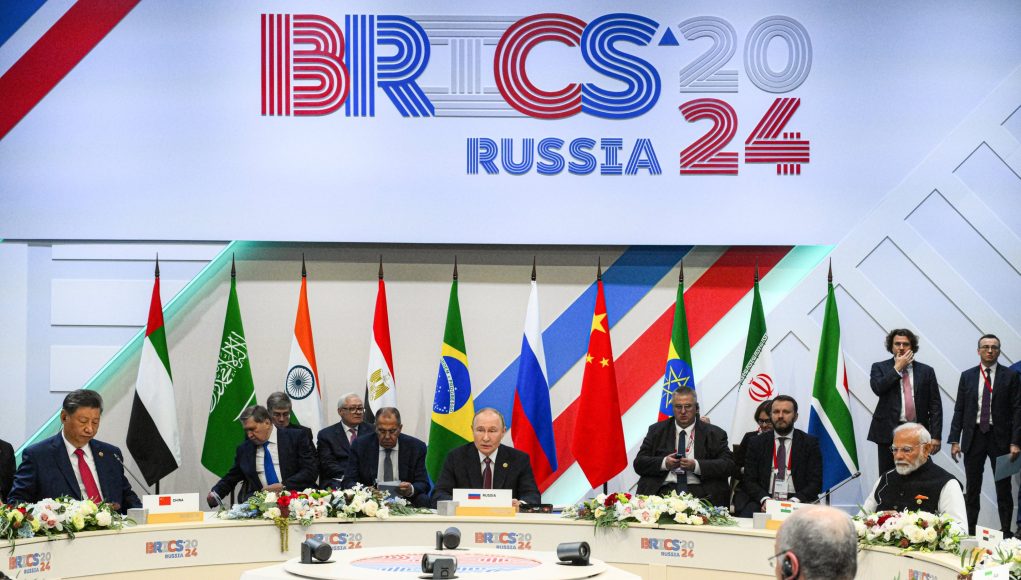The BRICS nations—Brazil, Russia, India, China, and South Africa—have long been recognized as engines of global economic growth. As emerging markets, they are reshaping the global economy, influencing trade, and offering unprecedented opportunities for businesses and investors alike. In this blog, we delve into the BRICS effect and explore how these emerging markets are gaining global attention, driving change across industries and economies worldwide.
What is BRICS?
BRICS is a coalition of five major emerging economies:
- Brazil: Known for its vast natural resources and agricultural exports.
- Russia: A global energy powerhouse with extensive reserves of oil and natural gas.
- India: A rapidly growing economy driven by technology, services, and a young population.
- China: The world’s second-largest economy and manufacturing hub.
- South Africa: A gateway to the African continent with abundant mineral wealth.
Formed in the early 2000s, BRICS was envisioned as a counterbalance to the dominance of Western economies. Together, these nations account for over 40% of the world’s population and approximately 25% of global GDP, making them a formidable force in the global economy.
Key Drivers of the BRICS Effect
1. Rapid Economic Growth
BRICS nations continue to grow faster than developed economies, thanks to favorable demographics, industrial expansion, and policy reforms. For example:
- India is expected to maintain a growth rate of over 6%, driven by its booming IT sector and domestic consumption.
- China is transitioning from an export-led economy to one fueled by domestic demand and high-tech industries.
2. Infrastructure Development
Massive investments in infrastructure projects are a hallmark of BRICS countries. Initiatives like China’s Belt and Road Initiative (BRI) and India’s Smart Cities Mission are attracting global investors while enhancing connectivity and trade.
3. Shift in Global Trade Dynamics
BRICS nations are increasingly trading among themselves, reducing dependency on Western markets. Agreements to settle trade in local currencies, instead of the US dollar, are fostering economic independence.
4. Technology and Innovation
The BRICS countries are investing heavily in technology and innovation:
- India and China are leading in areas like artificial intelligence (AI), fintech, and e-commerce.
- Russia is focusing on cybersecurity and space exploration.
- Brazil is advancing in agritech, while South Africa is adopting renewable energy technologies.
5. Strategic Partnerships
The BRICS nations have strengthened their collaboration through annual summits, joint ventures, and multilateral institutions like the New Development Bank (NDB), which finances infrastructure and sustainable development projects in emerging economies.
Why Emerging Markets Are Gaining Global Attention
1. High Returns on Investment
Emerging markets often offer higher returns compared to developed economies due to their rapid growth and expanding consumer bases. For example:
- E-commerce in India is expected to reach $200 billion by 2026.
- Brazil’s renewable energy sector is a hotspot for global investments.
2. Young Workforce
Countries like India and South Africa boast a young, dynamic workforce, making them attractive destinations for foreign direct investment (FDI) and innovation hubs.
3. Natural Resources
The BRICS nations are rich in natural resources. For instance:
- Brazil and Russia dominate in agricultural exports and energy, respectively.
- South Africa is a global leader in mining and minerals.
4. Diversification for Investors
Investing in BRICS markets allows global investors to diversify their portfolios and reduce risks associated with economic slowdowns in developed countries.
5. Rising Consumer Spending
An expanding middle class in BRICS nations is driving demand for goods and services, from automobiles to luxury goods.
Challenges Facing BRICS Nations
Despite their potential, BRICS countries face challenges that could impact their growth:
1. Geopolitical Risks
Tensions among BRICS members, such as India and China, could hinder collaboration. Additionally, sanctions on Russia and trade disputes with Western countries pose risks.
2. Infrastructure Gaps
While progress has been made, infrastructure in some BRICS nations still lags behind, limiting economic growth.
3. Political Instability
Unstable political environments in Brazil, South Africa, and other nations can deter investors and affect economic policies.
4. Climate Change
BRICS countries are among the largest greenhouse gas emitters. Transitioning to sustainable practices while maintaining economic growth remains a significant challenge.
5. Currency Volatility
Fluctuations in currency values, particularly in Brazil and South Africa, can impact foreign investments and trade.
The Future of BRICS and Emerging Markets
1. Expansion of BRICS
There is ongoing discussion about expanding BRICS to include other emerging economies like Indonesia, Turkey, and Mexico, which could further increase its influence.
2. Focus on Sustainability
The BRICS nations are likely to invest more in renewable energy and sustainable practices to address climate change and attract ESG (Environmental, Social, and Governance)-focused investments.
3. Digital Transformation
Digital adoption across industries will accelerate, with India and China leading in fintech, AI, and smart manufacturing.
4. Regional Cooperation
Stronger regional partnerships, such as between BRICS and African nations, will open new avenues for trade and development.
5. Reduced Dependency on Western Economies
By fostering intra-BRICS trade and exploring alternatives to the US dollar, these nations aim to reduce their dependency on Western economies.
Opportunities for Businesses and Investors
- E-commerce and FinTech: The growing digital economies of India and China are ripe for investment in online retail and financial technologies.
- Renewable Energy: Brazil’s biofuel projects and South Africa’s solar energy initiatives present lucrative opportunities.
- Infrastructure Development: Companies in construction, logistics, and technology can benefit from large-scale projects across BRICS countries.
- Consumer Goods: Rising middle-class incomes in BRICS nations are driving demand for consumer products, from electronics to luxury goods.
Conclusion
The BRICS effect underscores the growing importance of emerging markets in the global economy. By harnessing their demographic advantages, natural resources, and technological capabilities, these nations are reshaping global trade and investment dynamics.
For businesses and investors, BRICS countries offer unparalleled opportunities, despite challenges like geopolitical tensions and infrastructure gaps. Staying informed about these economies and their evolving policies will be key to leveraging the potential of the BRICS effect in the years to come.



































